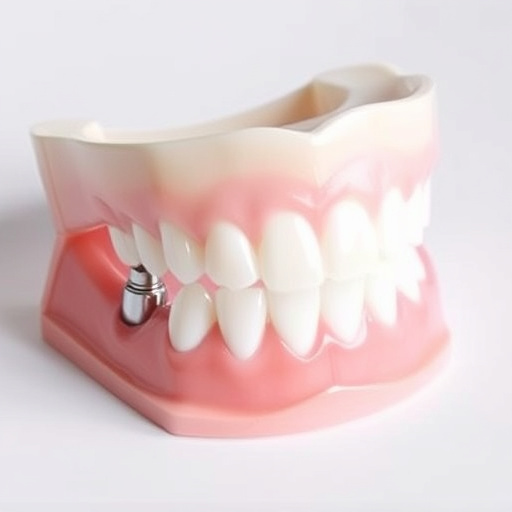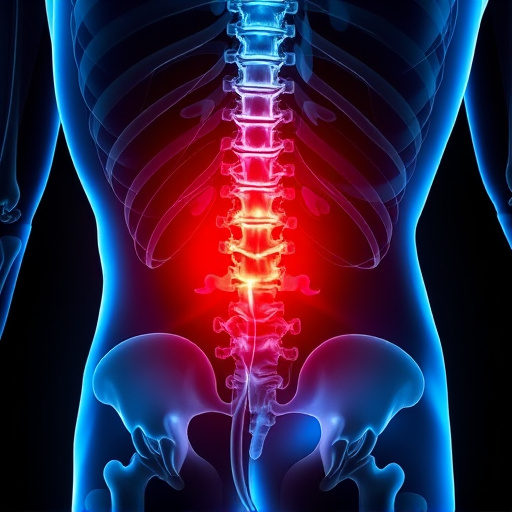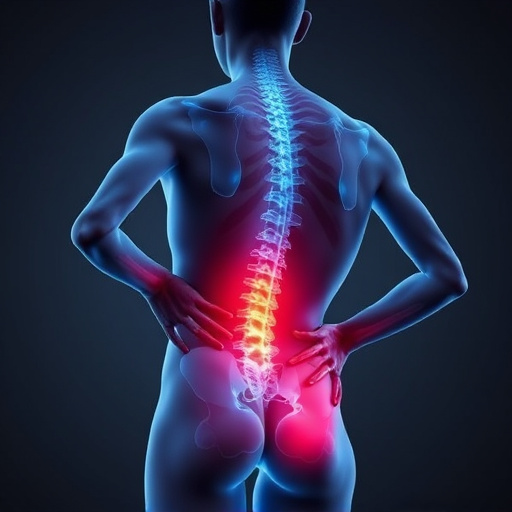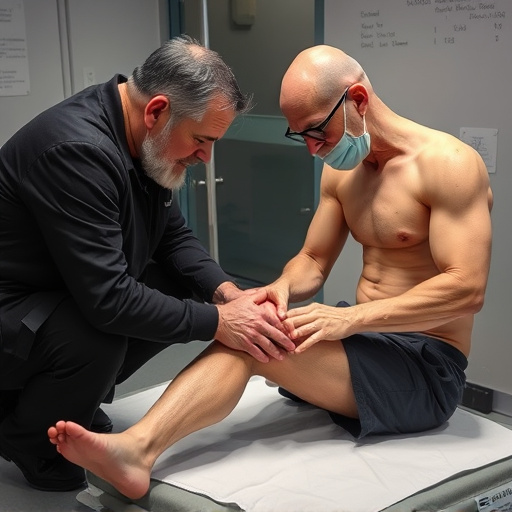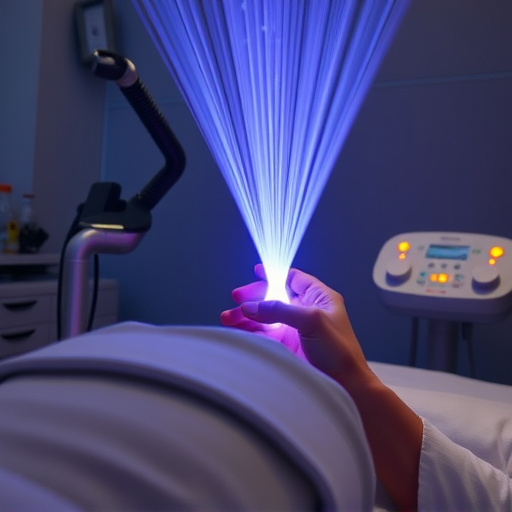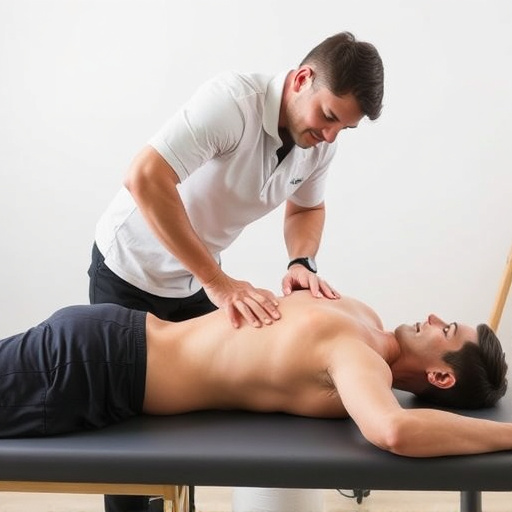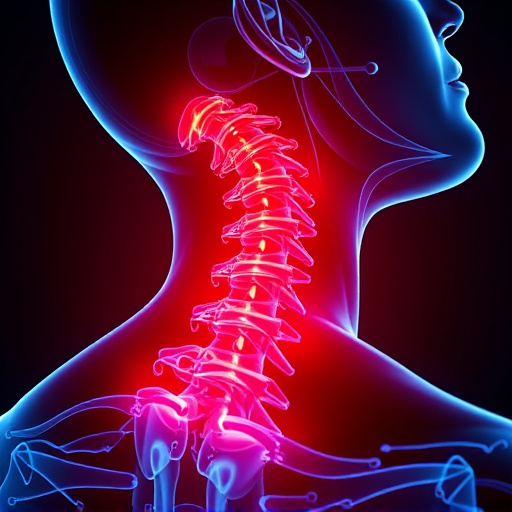Shockwave tendonitis relief achieved through non-surgical treatments like ESWT, physical therapy, and chiropractic adjustments effectively manages symptoms without surgical risks. Orthopedic experts recommend a multi-faceted approach combining RICE (rest, ice, compression, elevation) with specialized treatments, exercise routines, and personalized care plans for sustainable relief and reduced recurrence risk.
“Discover effective shockwave tendonitis relief with insights from orthopedic experts. This comprehensive guide breaks down the condition, exploring causes and symptoms of this often painful disorder. We delve into a range of non-surgical treatment options, offering practical solutions for alleviation. Furthermore, learn about long-term management and prevention strategies based on expert advice to regain mobility and prevent recurrence. Find out how these tactics can help you find lasting shockwave tendonitis relief.”
- Understanding Shockwave Tendonitis: Causes and Symptoms
- Non-Surgical Treatment Options for Effective Relief
- Expert Insights: Long-Term Management and Prevention Strategies
Understanding Shockwave Tendonitis: Causes and Symptoms

Shockwave tendonitis is a condition characterized by pain and inflammation around tendons, often caused by repetitive stress or overuse. It’s important to understand that this condition isn’t just about acute injury; rather, it’s usually the result of chronic micro-trauma over time, leading to tendinopathy. This can affect various tendons in the body but is particularly common in areas like the elbow (tennis or golfer’s elbow), shoulder, and heel (achilles tendonitis).
Symptoms include localized pain, tenderness, swelling, and stiffness in the affected area, often exacerbated by specific activities or movements. For instance, athletes might experience sharp pains during or after exercises involving repetitive arm or leg movements. Non-athletes can also suffer from shockwave tendonitis due to occupational risks or everyday activities like gardening or heavy lifting. Fortunately, relief is achievable through various methods, including advanced treatments like shockwave tendonitis relief techniques and complementary approaches such as functional rehabilitation and spinal adjustment (chiropractic treatment).
Non-Surgical Treatment Options for Effective Relief
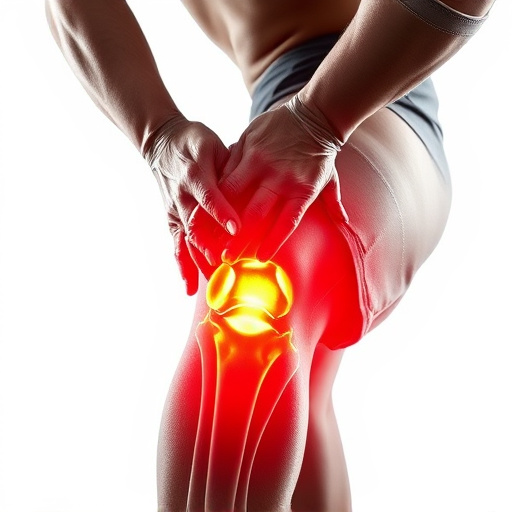
Many patients suffering from shockwave tendonitis are eager to find relief without undergoing surgery. Fortunately, non-surgical treatment options have proven highly effective for managing and alleviating this condition. One popular and innovative approach is Extracorporeal Shock Wave Therapy (ESWT), which uses targeted sound waves to stimulate healing in the affected tendon. This non-invasive procedure is often recommended as a first-line treatment by orthopedic experts.
Other non-surgical interventions include physical therapy, where specialized exercises focus on strengthening the tendons and surrounding muscles. Spinal adjustments, typically performed by chiropractors, can also provide relief by improving alignment and reducing stress on the affected area. These treatments work in conjunction to reduce pain, improve mobility, and prevent future tendonitis flare-ups, offering patients a holistic path to recovery without the risks associated with surgery.
Expert Insights: Long-Term Management and Prevention Strategies

Orthopedic experts emphasize that managing shockwave tendonitis effectively involves a combination of short-term pain relief and long-term prevention strategies. While immediate relief may be achieved through modalities like rest, ice, compression, and elevation (RICE), these measures are primarily symptomatic. The key to long-term shockwave tendonitis relief lies in addressing the underlying causes. This often includes specialized treatments such as extracorporeal shockwave therapy (ESWT) for tissue repair, alongside physical therapy to strengthen tendons and improve flexibility.
Additionally, experts recommend proactive measures like regular stretching and strengthening exercises tailored to individual needs. For athletes or individuals with active lifestyles, incorporating sports-specific training can help prevent future injuries. Spinal adjustments and other chiropractic techniques may also be beneficial in certain cases, addressing any underlying mechanical issues that could contribute to tendonitis. Personalized care plans that integrate these strategies promote sustainable recovery and reduce the risk of recurring tendon inflammation.
Shockwave tendonitis relief is achievable through a combination of non-surgical treatments, as highlighted by orthopedic experts. By understanding the causes and symptoms, individuals can effectively manage this condition. Long-term strategies focused on prevention, coupled with expert insights, offer a holistic approach to mitigating shockwave tendonitis and enhancing overall mobility.
